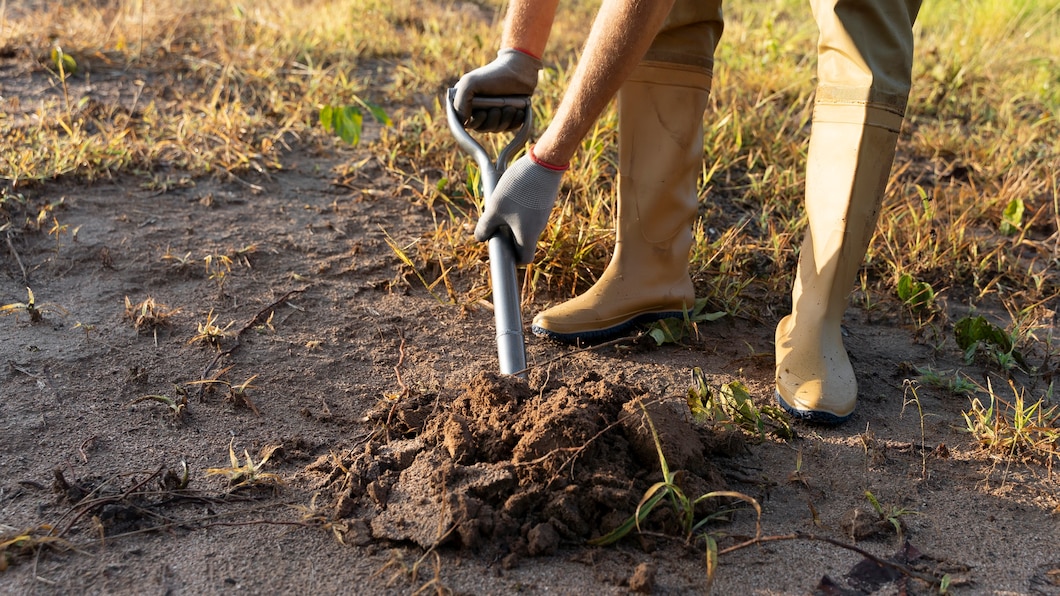Bearing capacity of soil is depend on its type, its shear strength and density. All structures created by civil engineers, such as houses, dams, bridges, etc., are constructed on the soil. To transfer the weight of the structure over a considerable area of earth, a foundation is necessary. The structure’s foundation should be built in a way that prevents both excessive settling of the building and soil failure in the shear below. The idea of bearing capacity serves as the foundation for the traditional foundation design process.
When under stress from loading, the soil has a tendency to distort. The soil’s resistance to deformation is influenced by things like its water content, bulk density, angle of internal friction, and how a force is applied to it. The bearing capacity of soils refers to the greatest load per unit area that the soil or rock can support without yielding or displacement.
The carrying capacity of soil is influenced by soil characteristics including shear strength, density, permeability, and others. Due to the fact that thick sand has a higher unit weight than loose sand, it will have a greater bearing capacity.
A shallow foundation is supplied if the soil’s shallow depth-bearing capability is sufficient to support the structure’s weight safely. The options for the shallow foundation include isolated footing, combination footing, and strip footing. When the earth immediately under a structure lacks the necessary bearing capacity, deep foundations are installed. For deep foundations, there are three options: piers, piles, or wells. For soil that experiences differential settlement or where there is a significant difference in stress between neighbouring columns, mat or raft foundations are beneficial.
Techniques for calculating bearing capacity
The following is a list of the various bearing capacity computation techniques:
1. Presumptive analysis
2. Analytical Method
3. A test of plate bearing
4. A Penetration Test
5. Modern Testing
6. Centrifuge evaluation
Read Also:




